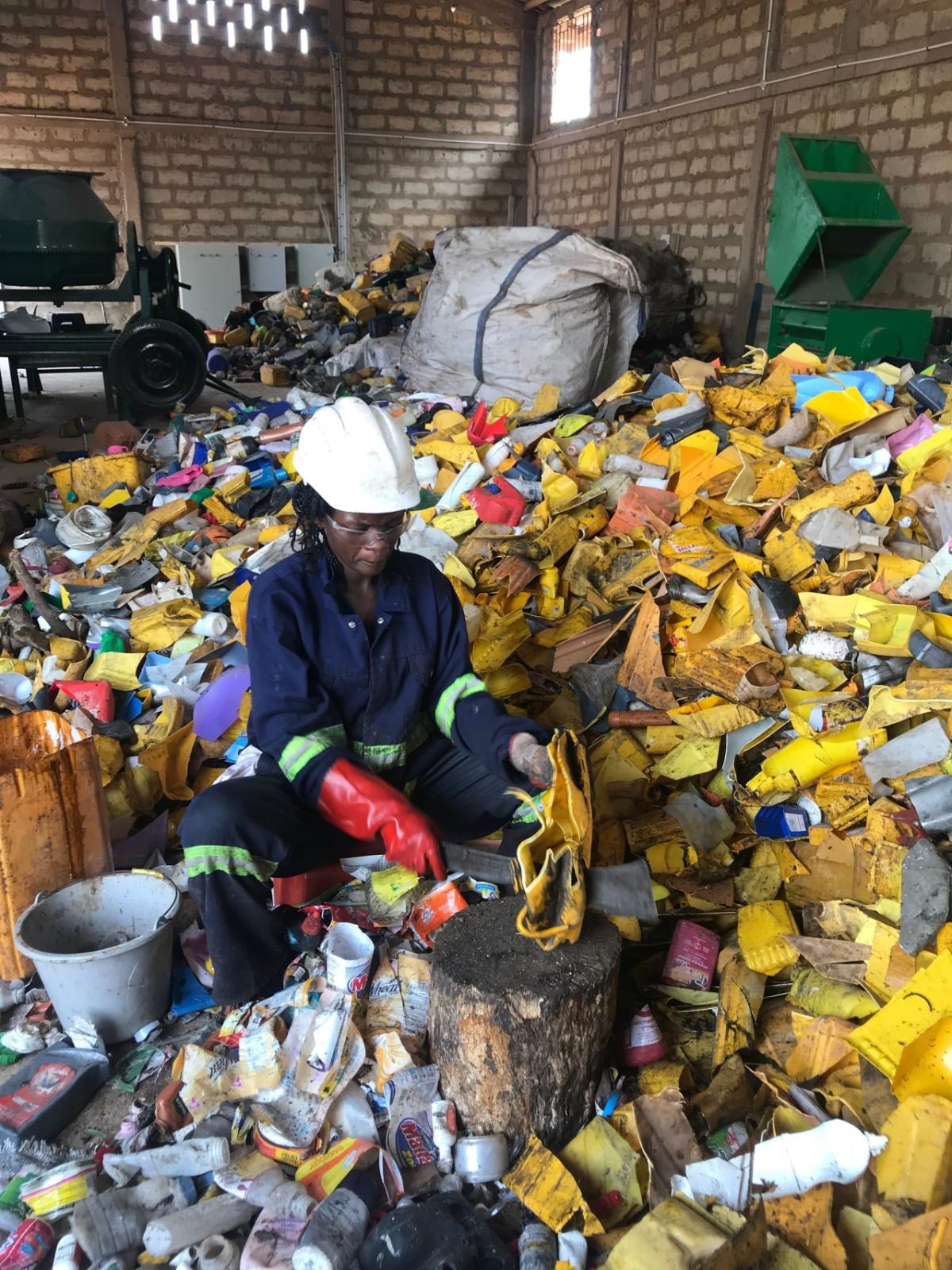From the Street to the Street: The Circular Economy in Ghana
Ghana Social Enterprise Transforms Plastic Waste to Paving Blocks

From the Street to the Street: The Circular Economy in Ghana
The ASASE (‘Mother Earth’) Foundation has put the circular economy into practice through its CASH IT! social enterprise, aiming to establish a replicable, sustainable business model, formalizing employment, mobilizing volunteers, and creating a product desperately needed by the community from trash that formerly littered the streets. It’s sustainability in action. PYXERA Global Senior Fellow Laura Asiala caught up with Dana Mosora on a recent trip to Connecticut, where she squeezes in a visit to her granddaughter when she’s not generating value from the waste stream in Ghana or advising companies across Europe on sustainable packaging through her consulting company.
Laura: When was the first time you became aware of the issue with regards to plastic waste? Where were you? What struck you about the situation?
Dana: I was one of those people in the plastics industry who thought, “Plastics are great!” We were doing a great job making this amazing material more accessible and more affordable. It provides so many benefits to the customer through so many industries! But I was blind. I was not looking at the ‘end-of-life’ challenge of the materials. About five years ago, people in Europe began to talk more and more about a circular economy, and I had no idea what it was. Politicians started to consider legislation to force consideration and brand owners, getting pressure from consumers, started pressuring materials manufacturing. Like everyone else, I had been in denial, but with this pressure, I started to look at waste management in general. It clicked to me that it wasn’t only the brand managers’ job to do this. I realized that this was a business opportunity—not a ridiculous challenge—to lead the market by embracing the circular economy.
When I traveled to Africa, I could see the reality of the developing region where there is no notion of waste management. Because they had no waste management system in place, it seemed possible to set up a circular system here at the beginning and avoid the mistakes and bad habits from other places in the world.
We start with the recognition that plastic has value. Waste pickers already understood this; they were collecting and bringing it to the middlemen. There is no such thing as ‘waste’ if every part of the material can be used. How could we design things to put value in the hands of the people and create something that the community needs?

